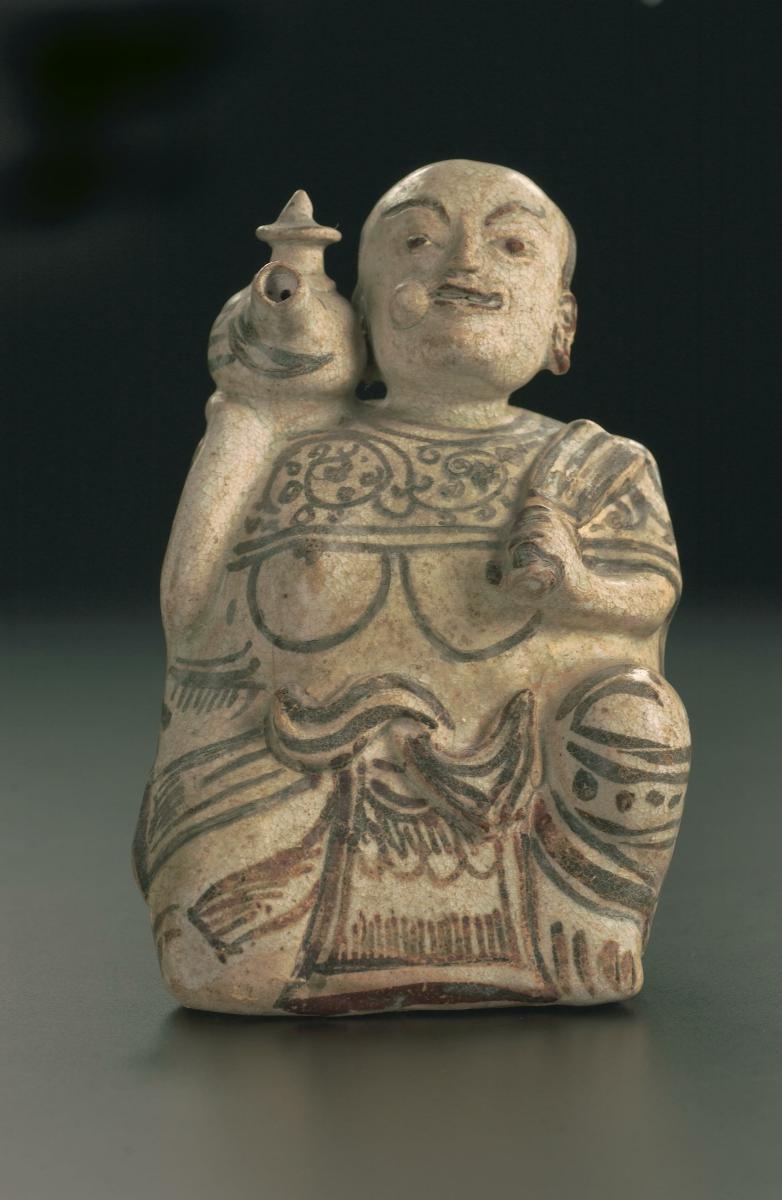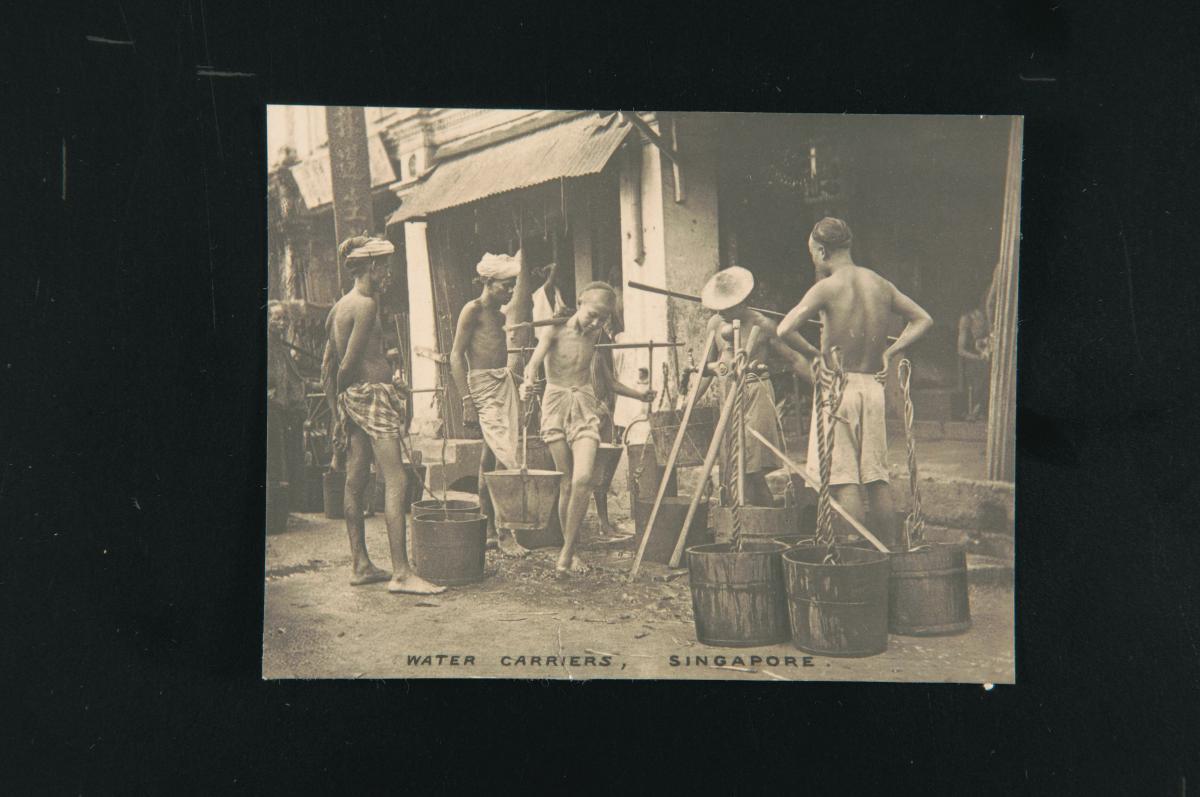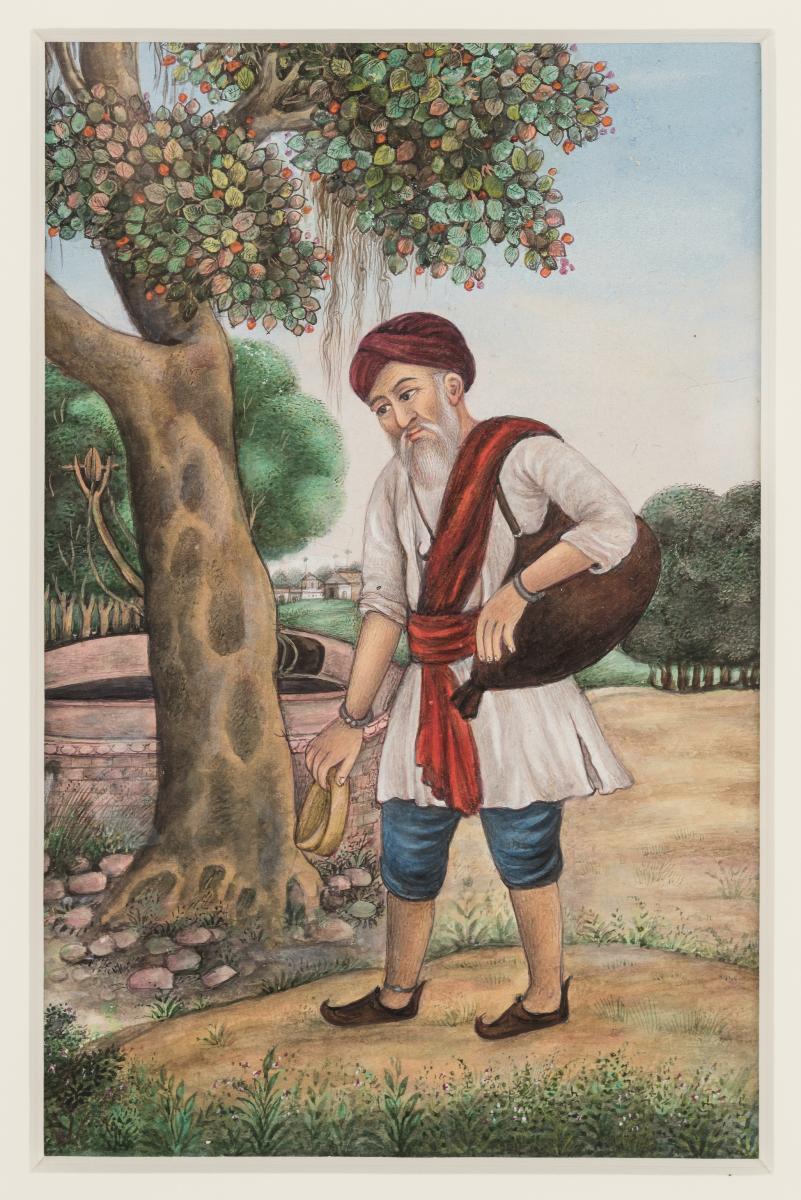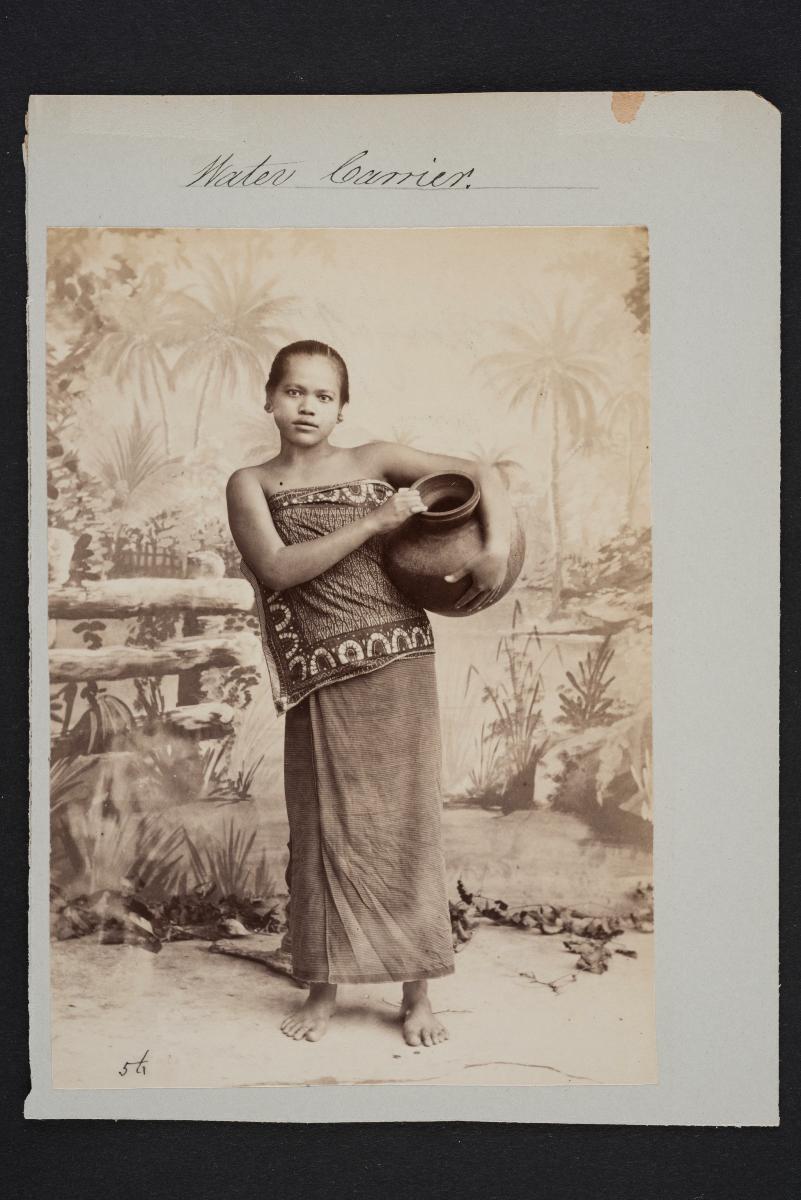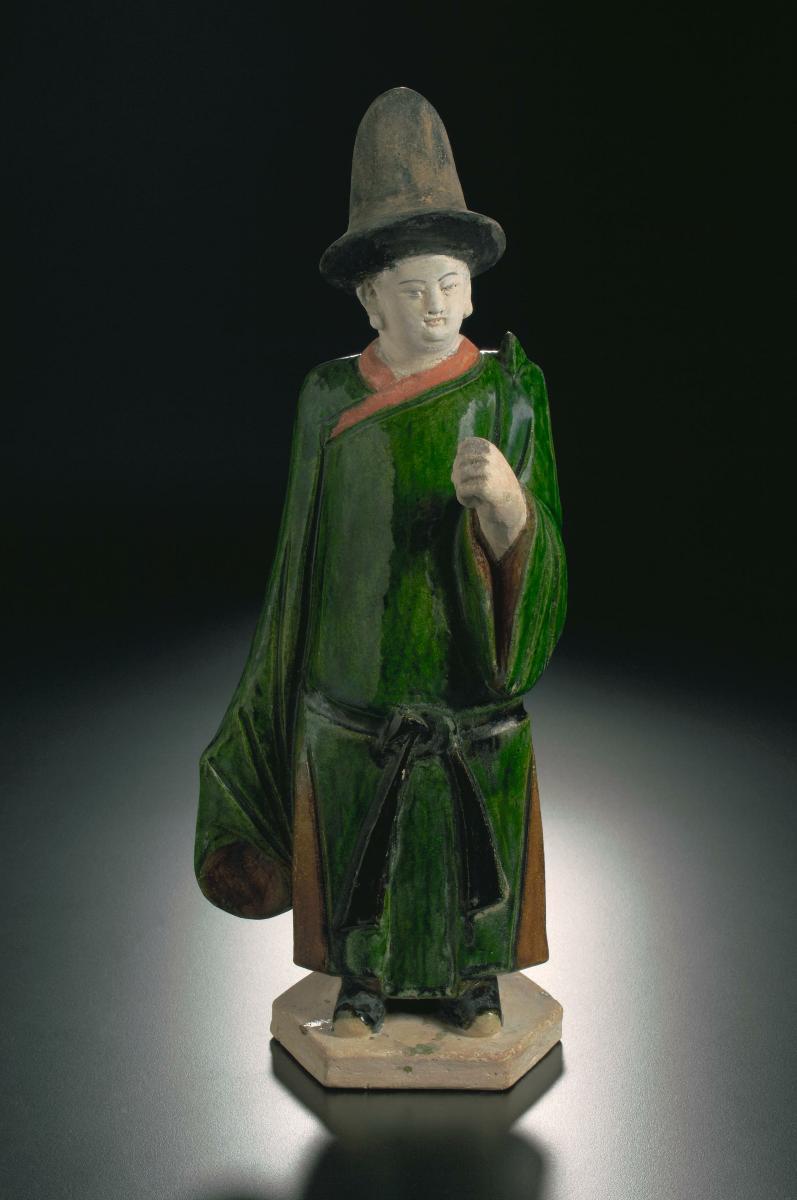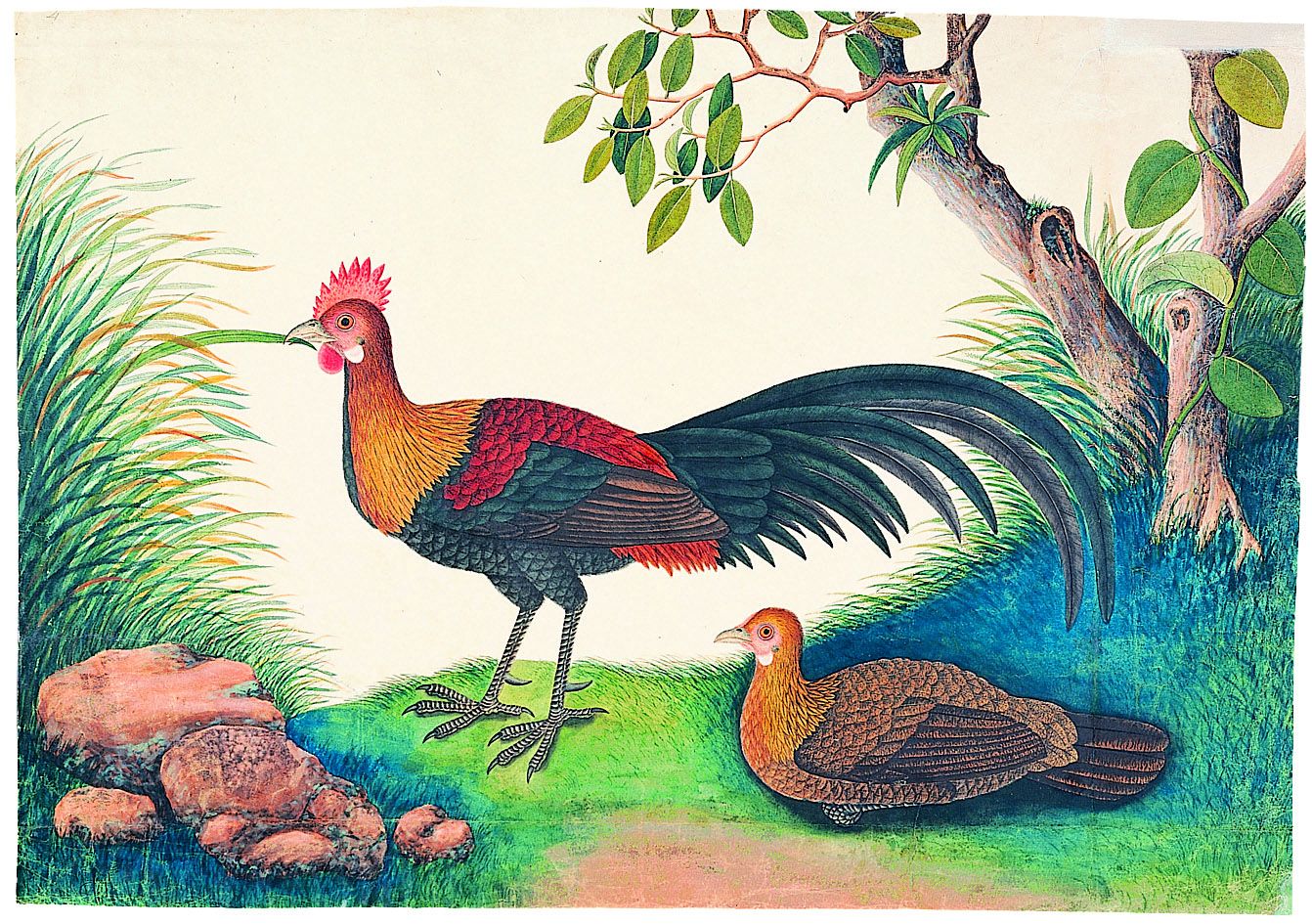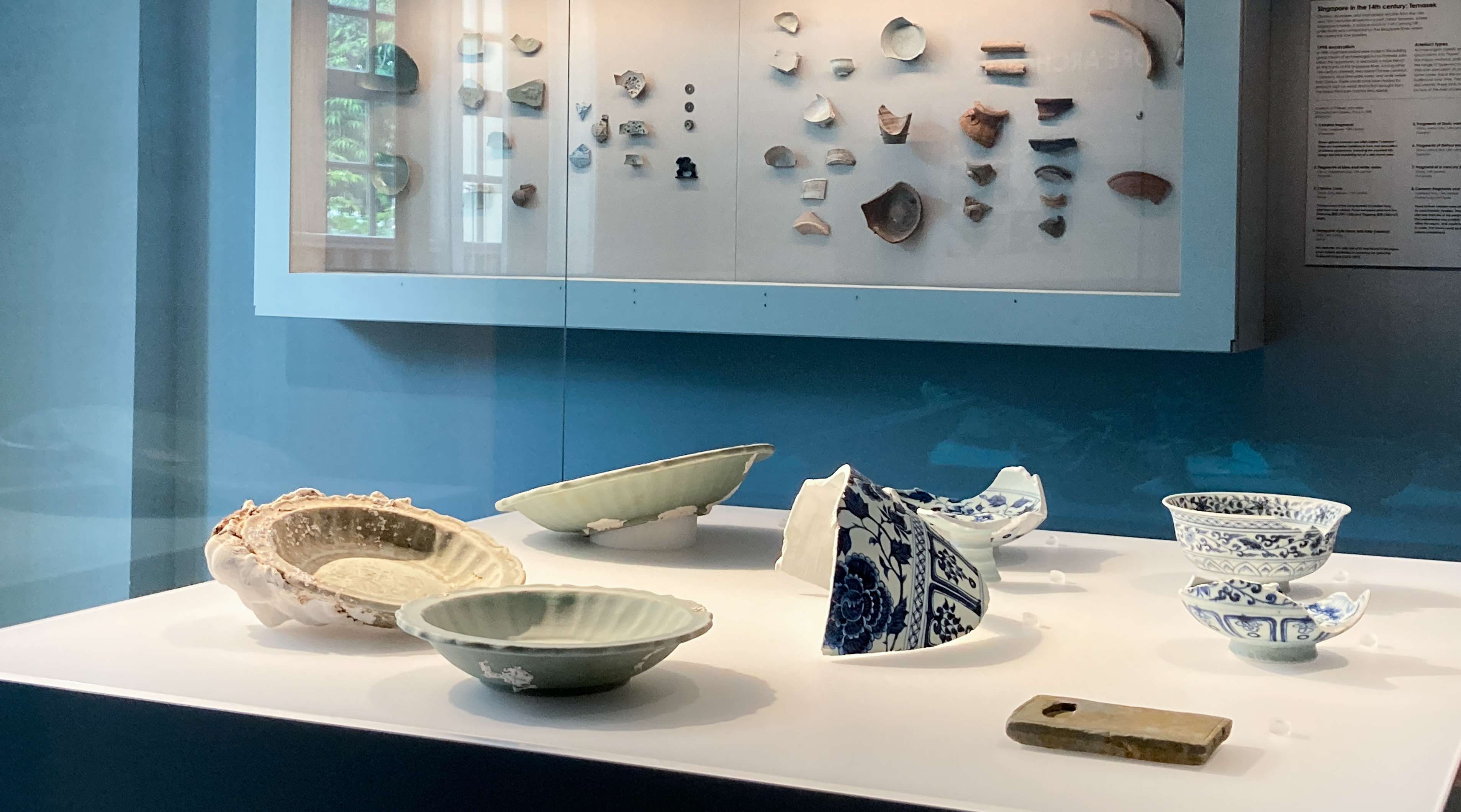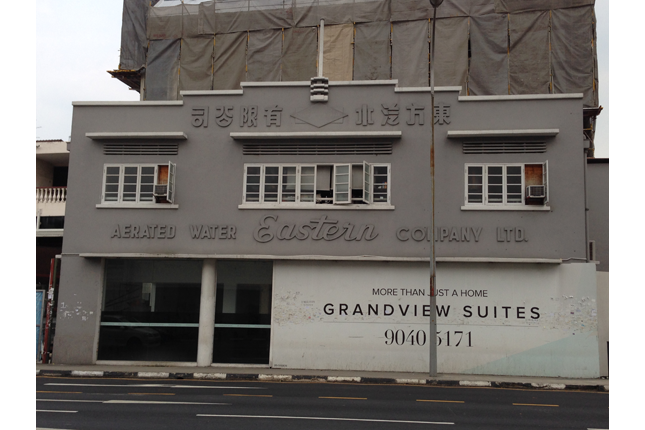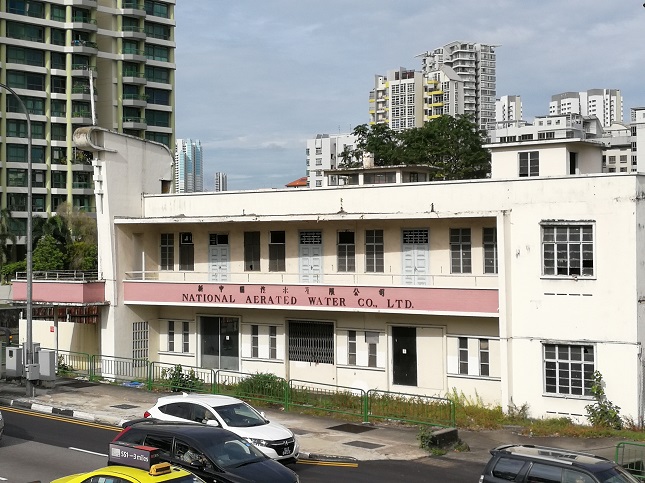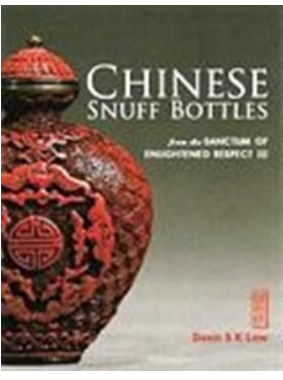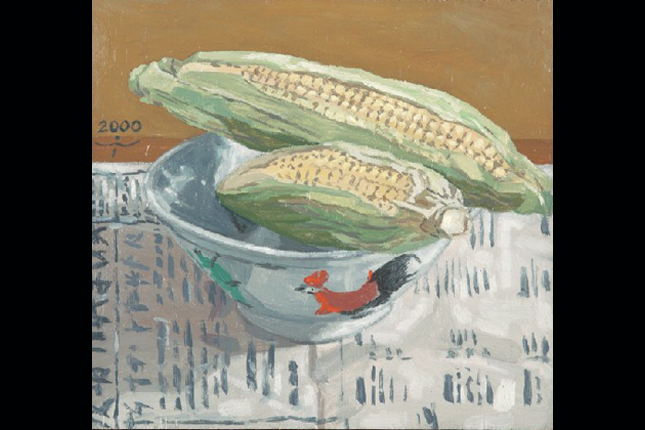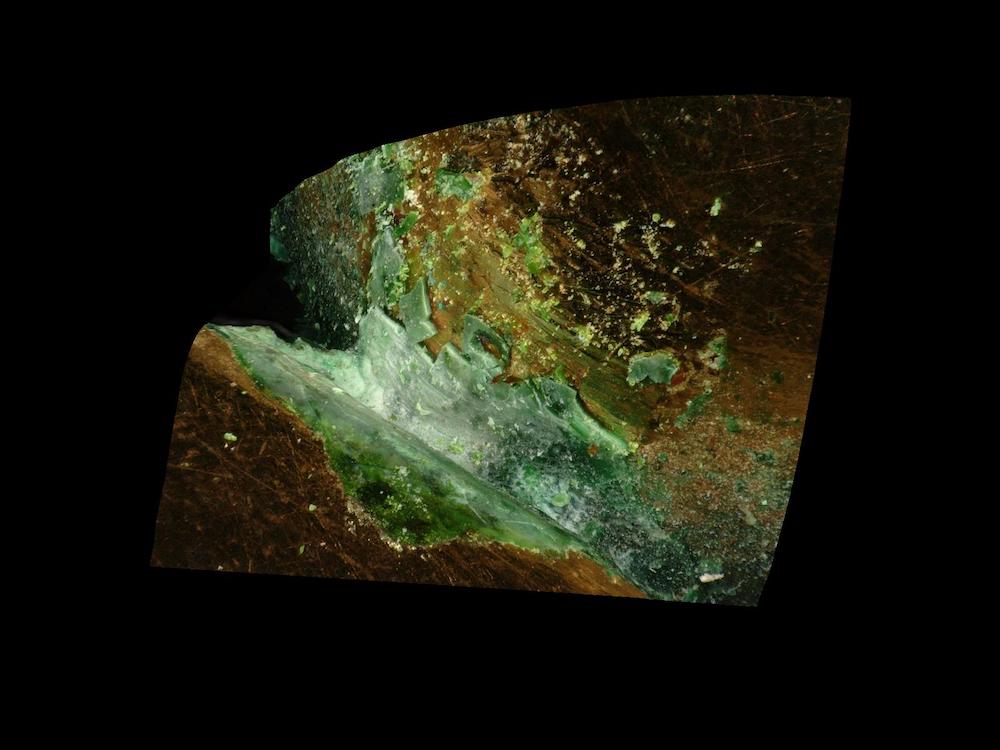This miniature water pouring bottle also known as a 'kendi', is in the form a hunchback. The kneeling figure made of clay is hand moulded and decorated in an underglaze iron-black. The bottle is filled from an opening found in the hairbun of the figure.Kendi is a Malay term derived from the Sanskrit word ‘kundika’, a small ritual pouring vessel. A typical kendi has a bulbous body, a neck which is used for holding the vessel and a spout. Kendi have been used in Southeast Asia for at least a thousand years, as indicated by depictions on temple wall reliefs dating back to 9th century CE. They include locally made earthenware kendi as well as glazed wares from China, Japan, Thailand and Vietnam. Kendi were used for a wide range of purposes in addition to their primary function as a pouring and drinking container. Miniature kendi were likely to have been medicine containers or toys.Sawankhalok, one of the twin royal cities of north-central Thailand, was at the heart of one of the largest ceramic-producing centres in Southeast Asia during the 14th century.A wide range of iron-brown wares were made during this period including jars, pouring vessels like this piece and sculptural figures.




